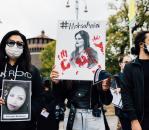Yes, A Free Press Really Matters -- Especially in Times of Crisis
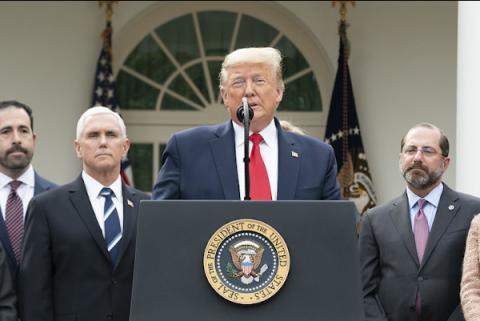
Opinion:
For nearly four years, President Donald Trump, his administration, and his most adamant supporters have ruthlessly attacked the free press, frequently calling into question reporting from journalistic institutions with a long history of delivering accurate, fair information on issues ranging from healthcare to natural disasters. Simultaneously, he has advanced one false claim after another in settings ranging from official press conferences and speeches to social media posts. As of January 20, the Washington Post had tallied 16,241 false or misleading claims by the president. Now – amidst the Covid-19 crisis – this behavior has the potential for devastating real-world impact measured in American lives.
In recent weeks, there has been a “blame game” regarding the slow U.S. reaction to the pandemic. Almost certainly, the lack of early testing in the U.S. aided the spread of the disease, but it seems unrealistic to think that it would have somehow avoided spread to the U.S., with or without adequate testing. As an affluent, diverse country, the U.S. is a leader in global commerce populated by a citizenry that interacts with nations around the globe for business and pleasure, meaning an outbreak halfway across the world has the potential to impact people in Kansas and Iowa.
There will be time for an outbreak postmortem once the U.S. gets past the threat of the coronavirus -- and the nation will move past it, just as it has countless challenges in the past. The question now is how many Americans will suffer and how many will die unnecessarily. Our goal should be to protect as many fellow citizens as possible, regardless of political affiliation, race, age, gender, etc. Viruses neither care about nor recognize these traits, nor should we when addressing a crisis.
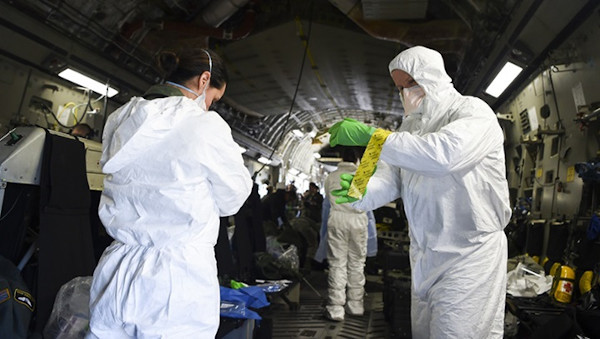
Unfortunately, our efforts to safeguard the populace have been seriously undermined by the current social and political climate, rife with division and prejudice, and this climate has been not only fostered, but furthered, by the current administration. With undermined confidence in the two most important institutions of support during a disaster – government and the free press – we have more than a crisis of health: We have a crisis of faith and communication.
When a world leader lies often enough, he or she loses credibility with all but those with a stake in believing and advancing the lies. For those invested in reality, that leader becomes a real-world version of the Little Boy Who Cried Wolf from Aesop’s Fables. When that same leader has worked to undermine trust in institutions committed to truth-telling, much of the public has no idea who or what to believe. As Dr. Joshua Scharfstein of Johns Hopkins Bloomberg School of Public Health is quoted saying in a March 15 article in the Sacramento Bee, “With mixed messages, people tend to lapse back into what’s easiest for them to believe.” And – in a time of crisis – it seems easiest for people to believe in falsehoods that lead to panic or denial -- neither of which represent a productive approach to threat mitigation.
This stated, I agree with political historian Heather Cox Richardson who – in her March 13 “Letters From an American” newsletter – wrote that much of today’s reporting is focused on trying to get Trump administration officials “to admit they screwed up.” I not only agree with Richardson on this point, but on her follow-up assertions that we will see no such admission and that these efforts don’t serve a valuable purpose at this time. In the future, it will be valuable to reflect on the decisions that led to a delayed response to the coronavirus crisis. At present, we are where we are and should focus our efforts in more productive directions.
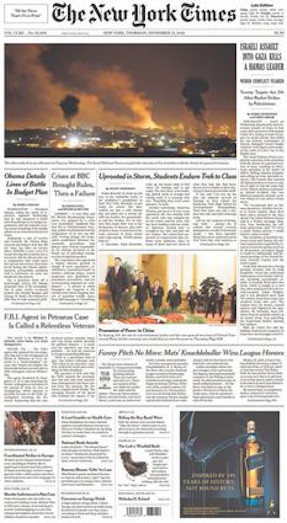
One such direction is a restoration of trust in American institutions. It is crucial – now more than ever – that Americans have information they can believe in, and that we take steps to assure that the information is taken seriously. For instance, many seem to believe the coronavirus poses virtually no threat to younger Americans. While this is true, there are a few high-profile cases of seemingly young, healthy people becoming critically ill.
For example, on March 13, the New York Times published the story of two young doctors who became critically ill after contracting Covid-19. Only one survived. Also, a 40-something doctor in Washington is in critical-but-stable condition after contracting the virus. This information is valuable and were it widely spread – and accepted – it could convince young people to take advisements of social distancing more seriously.
I write this not arguing that young people are narcissistic. Quite the opposite. I work with college-age people daily and take great joy in my interactions. People are people, and a personal stake in issues provides the greatest motivation. Likewise, there still seems to be widespread belief that this is no big deal and that the world is merely dealing with yet another outbreak of the seasonal flu. But the flu does not shut down much of Europe on a seasonal basis, nor does it force doctors to decide who lives and dies based on available medical resources rather than their knowledge and technical skill set. I can only imagine the emotional toll these heroic physicians will pay once the crisis is past.

This is a call for Americans to lose the tribalism promoted by political parties and other groups with inherent self-interest and place a premium on critical thinking and media literacy. It’s true that American “media” is sometimes flawed. For years, we have seen sensationalism and reductions in staff dedicated to investigative reporting and other critical issues; some media outlets demonstrate this far more than others. Let us not forget that we have also seen some of the best journalism ever produced in news outlets ranging from the New York Times, Washington Post, Wall Street Journal, National Public Radio and other news sources to local broadcast, print and Web publications that routinely put reporters in harm’s way to get accurate information to the public.
Some of these media organizations have faced scandals (as no media outlet is perfect), but you can separate the good from the bad by considering their track records and the way they responded to crises. For instance, the New York Times was alarmed when it learned that reporter Jayson Blair had been fabricating and plagiarizing stories. So, it not only acknowledged the flawed reporting, but did its best to make corrections, annotating the stories (still available on the Times site) with accurate information.
Also, when one considers the volume of information these news outlets process in any given year, a scandal or two is hardly proof they push “fake news.” The acknowledgement of flaws is not proof – as journalist and longtime friend Cory Farley is fond of saying – that journalists lie, but rather that good journalists take action when untruths are discovered. Furthermore, all attempts to lump these journalists under a simplistic label like “the media” is nothing more than lazy anti-intellectualism. As Washington Post reporter Paul Farhi noted four years ago, journalists should not be referred to as “the media” because we don’t gather daily to assure our stories line up politically and disgruntle as many consumers as possible. Sorry. Doesn’t happen.
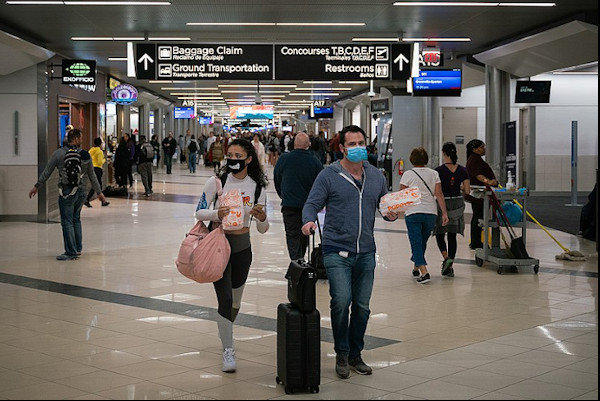
I am likely writing for the wrong audience (preaching to the choir, so to speak), but I hope at least one person who reads this will reconsider his or her biases and take a more scientific approach to media consumption. Rather than simply accept what one’s favorite pundit or politician says without question, conduct research and consider that maybe that person has been deriding the best news sources in the U.S., not because those sources were wrong, but because they were critical of policies or ideas in which the critic has a personal stake.
Also, be aware that – as Farhi and others have mentioned before me – “the media” is not “the media.” CNN and Fox News are about as far removed from the Los Angeles Times as Katy Perry is from Taylor Swift (no offense to either artist, as I have both on my iPhone).
This is also a plea to the current administration to halt its media war for the next 12 to 18 months, the amount of time experts expect to pass before we have a viable vaccine for Covid-19. Instead of battling our best reporters and advancing easily debunked falsehoods, perhaps the federal government can provide honest, reliable, and up-to-date information, so the public knows what it should and shouldn’t do to minimize the toll of the pandemic. Wishful thinking, perhaps. But it shouldn’t be.
Author Bio:
Forrest Hartman, a Highbrow Magazine contributor, is a longtime entertainment journalist who teaches in the Department of Journalism & Public Relations at California State University, Chico. You can reach him at [email protected].
For Highbrow Magazine
Image Sources:
--Whitehouse.gov (Creative Commons)
--Cody R. Miller (Military Health System, Creative Commons)
--Wikipedia (Creative Commons)
--Thomas Schmidt (Wikimedia.org, Creative Commons)
--Chad Davis, (Wikimedia, Creative Commons)





